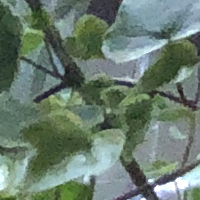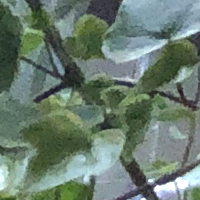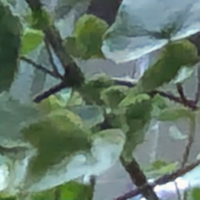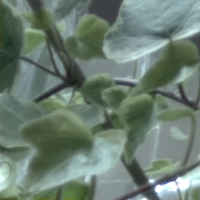Generating Training Data for Denoising Real RGB Images
via Camera Pipeline Simulation




AWGN (32.3dB)
our pipeline (35.2dB)
Abstract
Image reconstruction techniques such as denoising often need to be applied to the RGB output of cameras and cellphones. Unfortunately, the commonly used additive white noise (AWGN) models do not accurately reproduce the noise and the degradation encountered on these inputs. This is particularly important for learning-based techniques, because the mismatch between training and real world data will hurt their generalization. This paper aims to accurately simulate the degradation and noise transformation performed by camera pipelines. This allows us to generate realistic degradation in RGB images that can be used to train machine learning models. We use our simulation to study the importance of noise modeling for learning-based denoising. Our study shows that a realistic noise model is required for learning to denoise real JPEG images. A neural network trained on realistic noise outperforms the one trained with AWGN by 3 dB. An ablation study of our pipeline shows that simulating denoising and demosaicking is important to this improvement and that realistic demosaicking algorithms, which have been rarely considered, is needed. We believe this simulation will also be useful for other image reconstruction tasks, and we will distribute our code publicly.
Reference
- [1] Plötz, Tobias, and Stefan Roth. "Neural nearest neighbors networks." Advances in Neural Information Processing Systems. 2018.
Publication
Under review.
Acknowledgment
The authors would like to thank Toyota Research Institute for their generous support of this project. We also thank Tzu-mao Li for his insightful comments, and Luke Anderson for his helpful comments in revising the draft.